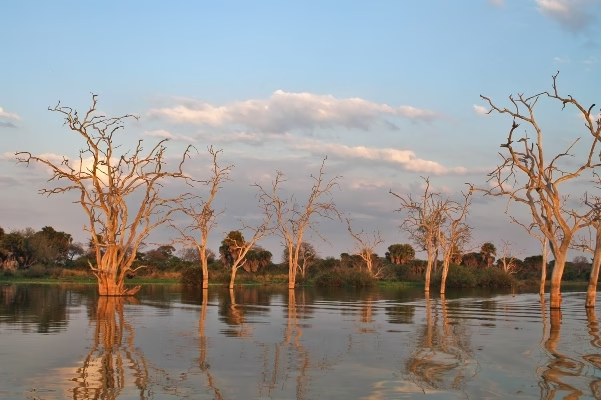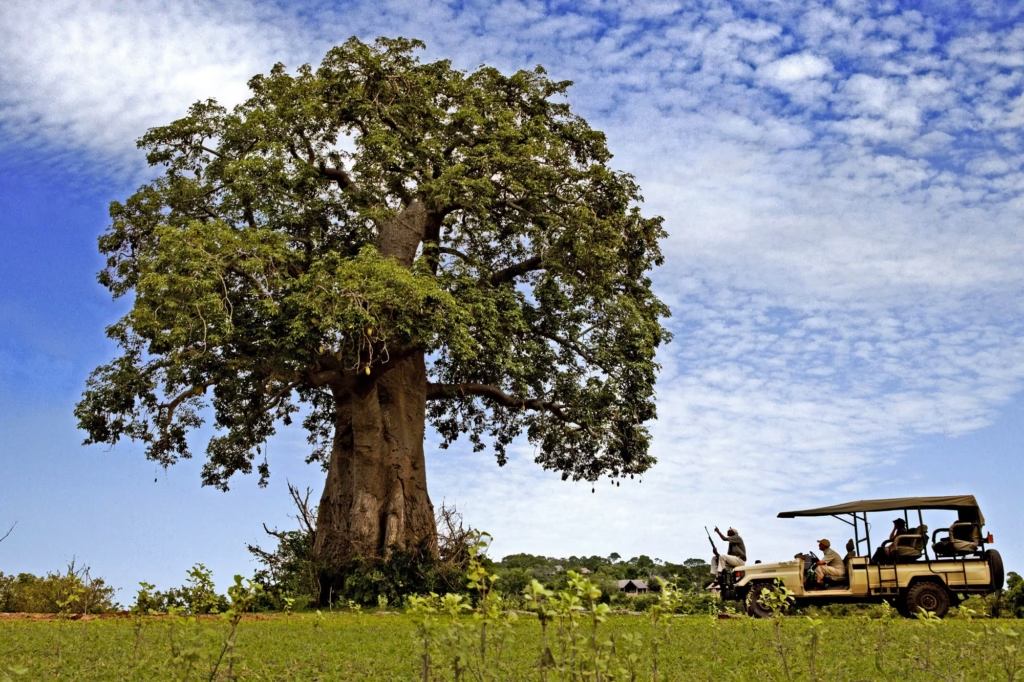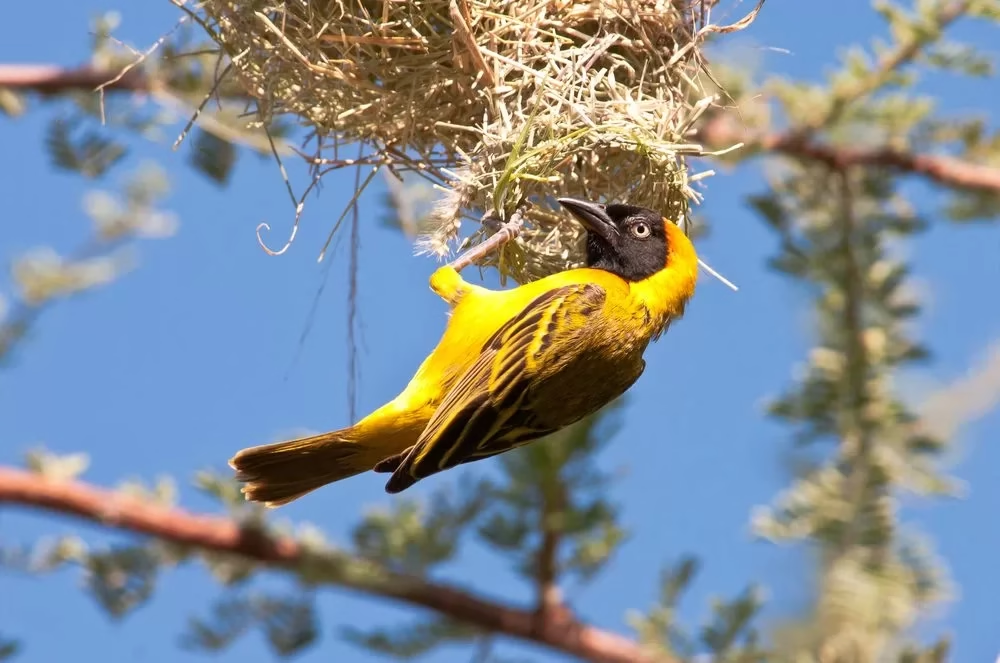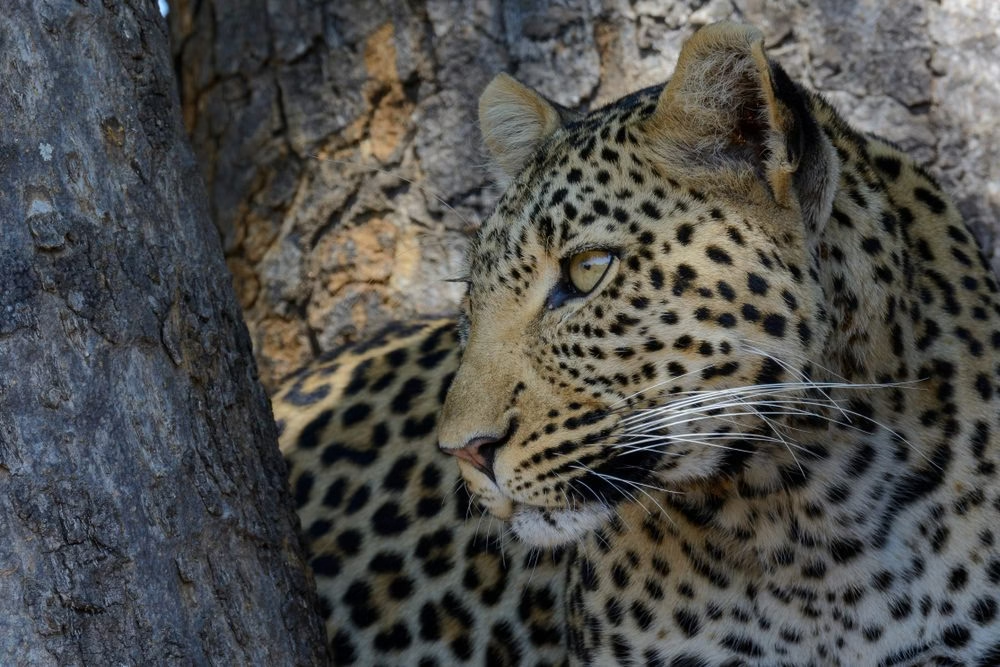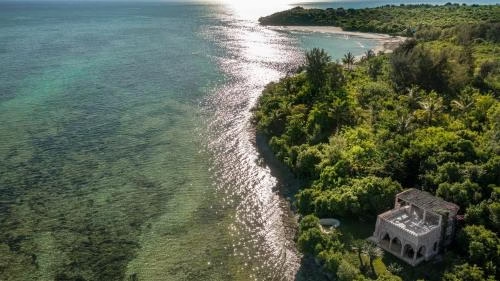- 4
- 26
- 4
- 7
- 2
- 7
- 1
- 1
- 1
- 1
- 3
- 6
- 5
- 1
- 1
- 1
- 14
- 2
- 3
- 3
- 1
- 1
- 19
- 1
- 1
- 6
- 1
- 1
- 1
- 2
- 2
- 2
- 6
- 3
- 6
- 1
- 3
- 4
- 8
- 1
- 6
- 2
- 1
- 5
- 1
- 1
- 6
- 4
- 6
Nyerere National Park
Location: Simiyu Region, South Eastern Tanzania
Area: 30,893 km²
Overview
The total area of the Nyerere National Park (formerly the northern part of Selous Game Reserve) is 30,893 km2 (11,928 sq. mi) the largest national park in Tanzania, and one of the world’s largest wildlife sanctuaries and national parks.
Roughly 230 kilometers by road from Dar es Salaam city to Mtemere Gate and accessible by air Nyerere National Park is the Julius Nyerere International Airport in Dar es Salaam, a flying distance of one hour, with a number of airstrips in Nyerere National Park namely: Mtemere Airstrip, Matambwe Airstrip, Sumbazi Airstrip, Kiba Airstrip, Beho Beho Airstrip, Siwandu Airstrip, Steigler’s Gorge Airstrip.
The total area covers a big part of Liwale District in the western Lindi region, southwest Pwani Region, northeastern Ruvuma region, and a big part of southeastern Morogoro Region.
The area is larger than 70 countries in the world and is estimated to be twice the size of Costa Rica in Central America and twice the size of Belgium. A large area is a wild state without being altered by human activities, and part of Selous Game Reserve is now running hydroelectric power.
The great river in the park is known as the Rufiji River, the largest river in Tanzania and home to many crocodiles and Hippopotamuses and one of the largest mangrove forests in the world located at its delta.
The original Selous Game Reserve has its roots in 1896 when the German Governor of Tanganyika proclaimed this area as a protected wildlife reserve.
In 1922 the reserve was named after Fredrick Selous, a big game hunter turned wildlife conservationist. In 2019, the Government of Tanzania decided to further develop and enhance tourism in Selous, the northern part of the reserve will be excised to form the new national park known as the Nyerere National Park.
In honor of the first President of Tanzania, Mwalimu Julius Kambarage Nyerere, formally gazette as a National Park in 2019, and is now under the administration of TANAPA. The park is home to several species of wildlife including lions, wildebeest, elephants, buffaloes, giraffes, zebras, hippopotamuses, rhinos, antelopes, hyenas, African wolves, a large number of crocodiles in the Rufiji River, and a prolific population of Africa Wild Dogs.
The Uniqueness of this Park
-
- The Largest National Park in Africa.
-
- Nyerere National Park is a newly established Park that is part of what is known as Selous Game Reserve.
-
- Established in 1922, Selous is the oldest wildlife reserve on the continent.
Accommodation Options
-
- Beho Beho (seven individual very spacious ‘bandas’ furnished with king-sized beds)
-
- Kiba Point (four en-suite rooms),
-
- Sand Rivers Selous (eight open-fronted rooms)
-
- Siwandu Camp (9 luxury tents with ensuite flush loos and outside shower)
-
- Roho ya Selous (eight stylish suites with a natural air-conditioning system)
-
- The Retreat Selous (12-suite exquisite hideaway)
- Rufiji River Camps
- Serena Mivumo River Lodge
Activities at the Destination
- Boating safaris
- Game viewing drives
- Guided walking safaris
- Legendary fly camping trips.

